Top 10 Marketing Strategies to Increase Customer Loyalty

Generally, when people think of marketing, they think of customer acquisition. It’s only normal – more customers mean more business, right? Not necessarily…
Would you rather have 20 customers who make a single purchase from you, or five customers who return time and time again? It only takes four transactions from each of those loyal customers, and suddenly their value already outshines your 20 one-time customers.
Not only is customer retention more important than customer acquisition, but when done properly, loyalty marketing will assist in your customer acquisition efforts anyway!
So, how can you keep your existing customers coming back through the doors or shopping with you online? By implementing some of these bullet-proof marketing strategies to increase customer loyalty.
1. Got a loyalty program? Promote it!

If you have brick-and-mortar stores, then it’s crucial that you make sure customers can’t leave the shop without knowing about your loyalty program. The same goes for online businesses; it’s just the strategy that’s different.
For a physical shop, there should be plenty of signage in the windows, at point of sale, and join cards available. It works well for Australian coffee shop Ottimo Coffee, who utilize Stamp Me's marketing resources to spread the word about their digital loyalty app program.
However, the best means of promotion at your disposal are your staff – get them as excited about the rewards program as your marketing team is! Don’t make it a chore for employees to churn out a pre-rehearsed speech to every customer that walks through the door; make it genuine.
%20copy%206.png)
Customers are far more likely to join a loyalty program if they believe the staff member is being genuine in their recommendation.
As for online shoppers, it’s quite easy to set up a pop-up at the point of payment, informing customers that they’ll receive 25% off today’s purchase if they sign up to the loyalty program right now (for example).
This brings us to our next point…
2. Offer customers an upfront incentive to join the loyalty program

When it comes to the customer experience, instant gratification ranks quite highly on the average consumer’s priority list.
Give customers an immediate motivation for signing up to your loyalty program: “Sign up to our loyalty program right now and enjoy a discount on today’s purchase”.
Once the customer has joined and seen a reward, they instantly feel a sense of progress and ownership towards the loyalty program – they’ve seen a reward for their effort, and therefore they are more likely to stay engaged.
This is called the Endowment Effect, and you can learn more about it here.
.png)
3. Offer customers social currency, in the form of experiential rewards
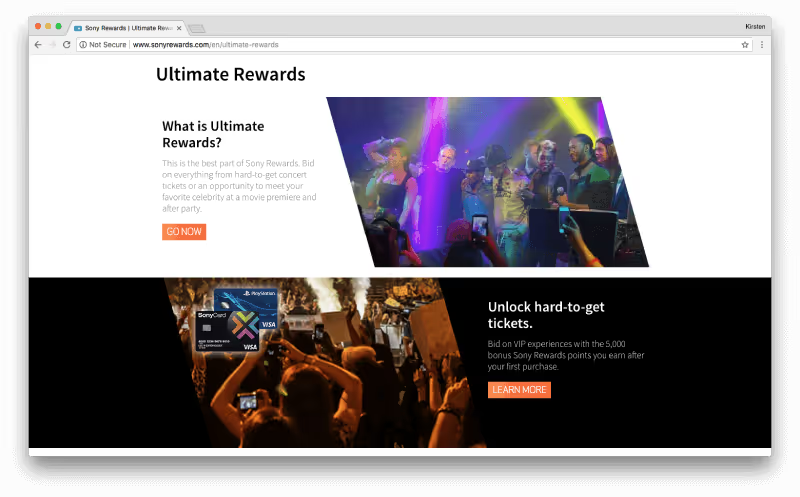
Experiential rewards go beyond the typical discounts, free accessories and complimentary upgrades to offer the customer an actual memory they can take away from the transaction, and forever associate with the brand.
These experiences can be anything from celebrity meet and greets to product launches, hands-on workshops or even personalized products.
It’s already commonplace for brands in fashion, cosmetics and travel to offer experiential rewards, but other industries are starting to catch up.
For example, Sony’s Ultimate Rewards members can use their accumulated loyalty points to bid on prizes like Hollywood red carpet premieres, big-ticket sporting events and VIP access at live concerts.
By offering these kinds of rewards, you’re giving customers something that is becoming increasingly important these days: social currency. Customers share these experiences on social media for all their friends and followers to see; thereby exposing your loyalty program’s perks to a wider audience for free.
4. Use gamification to enhance the customer experience
%20copy.avif)
To gamify a process is to take an ordinary task – a driving test, exercising or perhaps employee training – and make it fun by adding gaming components to it.
Anyone with a LinkedIn profile has experienced gamification when the platform tells them their profile is 58% complete, and here’s what you can do to “level up” to a 100% complete profile.
Think of any non-game activity you’ve engaged in where you are rewarded badges, placed on a leader board or have unlocked access to new arenas for participating in some way.
For instance, “Untapppd” is a mobile app for craft beer-lovers, where users gain all kinds of credits and certifications for trying new beers, rating them and leaving reviews in the platform.
These are all different spins on gamification, and it’s a very effective marketing tool.
A recent study from accounting giant Deloitte revealed that media companies which successfully incorporate gamification into their marketing strategies notice a 30-40% increase in their online customer interactions. Not surprising, when you consider that the average millennial spends up to 96 minutes per day playing games on their mobile devices.
As consumers shop on their smartphones more and more, brands must make their online shopping experience as appealing as possible, and gamification is a valuable asset to any digital marketing strategy.
5. Partner up with non-competitors that share the same customers

I’ve already mentioned how the travel industry was among the first to embrace experiential rewards, but strategic partnerships are another way in which travel-related businesses provide their customers with a unique, cohesive and convenient experience.
Most airline rewards programs these days aren’t simply a way to rack up points towards free air miles… they’re also a means to earn and redeem free hotel stays, discounted rental cars and reduce the cost of all kinds of travel-related expenses.
Once airlines, hotels and car rental companies realized that, while they share customers, they’re not actually competitors, it only made sense to join forces in regards to their marketing strategies to increase customer loyalty.
However, just about any business in nearly any industry can apply this same technique, and partner up with another business to offer a wider range of rewards. Pet food suppliers might consider partnering up with veterinarians, for example, while a chain of beauty salons might partner up with a well-known cosmetics brand.
These kinds of partnerships can mutually benefit both parties, and create a more enticing loyalty program for both brand’s customers. It’s a win-win-win!
6. Reward customers for creating content, not just circulating it

When dreaming up marketing strategies to increase customer loyalty, people tend to focus on “repeat spending”. However, the main motive for businesses to secure customer loyalty should be to increase brand engagement – the repeat purchases will come naturally as a byproduct.
It’s one thing to incentivize customers to come back time and time again, and another thing to incentivize customers to become brand ambassadors by sharing your content, recommending your business to their friends and writing positive online reviews.
But if you can incentivize customers to actually create original content that promotes your brand… that’s another thing entirely!
Cosmetics brands are among the first to successfully adopt this technique, rewarding customers for creating home-made YouTube tutorials on how to apply specific make-up products, how to complement them with certain clothes and colors, and so on.
The average consumer is far more likely to trust this kind of brand endorsement; especially when it’s coming from a friend, colleague or family member. It’s also far cheaper than traditional advertising… actually, FAR cheaper, because it doesn’t cost the brand anything other than a discount here and a rewards voucher there!
7. Use receipt scanning technology for cross-selling and upselling opportunities
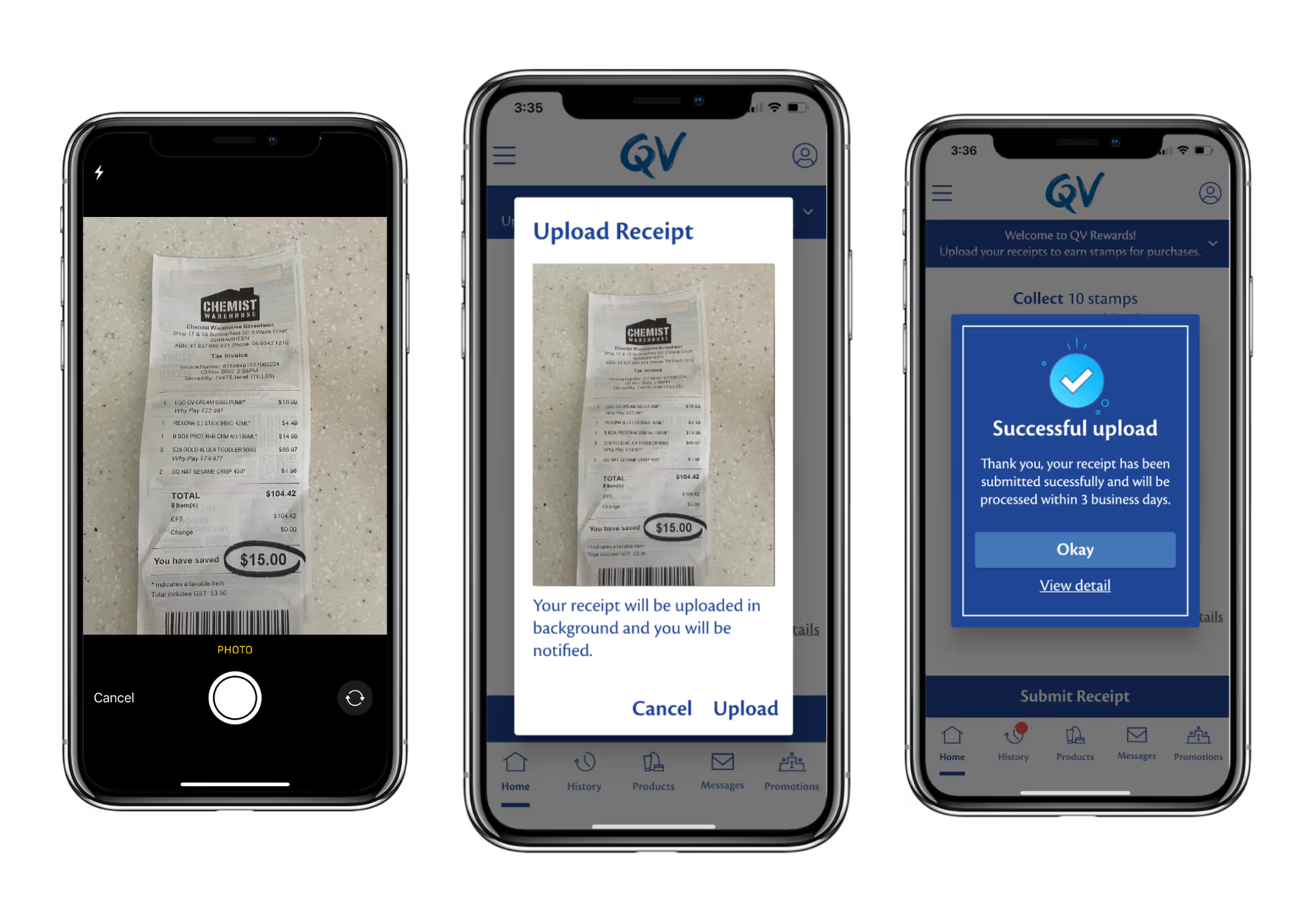
Imagine if you had access to every customer’s receipt, every time they purchased your products?
You could see what else they’re buying, where they’re buying it from, what date/time they bought it, and a wealth of other information that would help you paint a picture of your target audience’s typical consumer behavior. It would also give you indications on how to improve the customer experience.
For brands that sell their products through intermediaries like retailers, wholesalers and other third-party outlets, this step has always been out of reach. However, receipt scanning technology offers all of this information to brands on a silver platter!
With a digital loyalty app, brands can provide customers with a convenient way to earn loyalty points and redeem rewards on their mobile devices. All the customer needs to do is download the app, register, and upload a photo of their receipt every time they make a purchase.
The digital rewards platform converts the receipt into data, adds the loyalty points to the customer’s account, and stores the receipt data in its database. With every new transaction, the database forms a clearer picture of each customer’s spending habits and shopping preferences.
This allows the brand to send its VIP customers targeted communications and tailored offers directly to their mobile devices, for a personalized customer experience.
Cross-selling and upselling immediately becomes far more organic, because the recommendations are based on the customer’s transaction history instead of a wild stab in the dark, as is the case with “above the line” marketing.
8. Offer your customers incentives for referrals and feedback
%20copy.png)
As I mentioned in the sixth point, there’s no need to limit your rewards to simply incentivize spend-based behavior.
If you offer customers discounts, vouchers and other rewards in exchange for sharing your content online, referring their friends and providing you with honest feedback and product reviews; you’ll notice a sharp spike in digital engagement with your brand.
Rideshare companies have been utilizing referral programs since they first started to grow popular, and money transfer service TransferWise has enjoyed huge success with its “Invite a Friend Program”, where existing cardholders can earn up to £50 for confirmed referrals.
When a customer is referred to your brand by a trusted peer, they are 37% more likely to become repeat customers, and five times more likely to refer others.
9. Factor “time” and “location” into your targeted communications
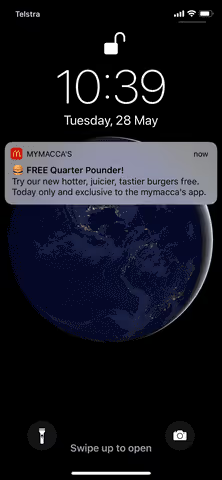
When customers download your business’s digital loyalty app and sign up, they are giving you permission to send them targeted communications directly to their mobile device.
Depending on what kind of products or services your business offers, this can be an extremely powerful tool. For example, McDonald’s sends its mymaccas app members tailored lunch deals around the 10:30am-11am mark, when many people are typically starting to ponder over what to have for lunch.
Other brands will set up the digital loyalty app so that when a user opens the app for the first time, it’ll ask them if it can track the device’s current location. If the customer agrees to this, then they might start receiving targeted communications and tailored offers whenever they are in close proximity to one of the brand’s outlets.
Sephora does this with its Beauty Insider program, and members who arrive at an airport that houses a Sephora shop (which is plenty!) will probably receive a notification like this:


The personal touch and casual tone of voice of these notifications are highly effective in that it doesn’t at all come across as pushy or intrusive – more like a gentle, friendly reminder, which helps to build brand trust.
10. Offer a glimpse behind the curtain, with a temporary upgrade

If your customer experience varies in relation to a customer’s level of loyalty, a great incentive for encouraging them to “move up the ladder” from infrequent customer to frequent, to VIP and so on, is to show them what they’re missing out on.
By that I mean, give customers a taste of the perks and benefits they could enjoy with just a little more brand engagement. Spotify does this all the time with its “Try 60 Days of Spotify Premium for Free” trials, and it can work wonders for increasing engagement among your existing customers.
For a brick-and-mortar business, perhaps printing a one-off skip-the-queue voucher on a first-time customer’s receipt might motivate them to join the loyalty program and enjoy this VIP level of service in the future.
An online business might adopt a similar strategy, but offer free shipping on a customer’s third purchase instead, and make it clear that they could have this all the time if they joined the rewards program.
Once a consumer gets a preview of this elevated customer experience, it’s hard to go back…
Develop your own unique marketing strategies to increase customer loyalty
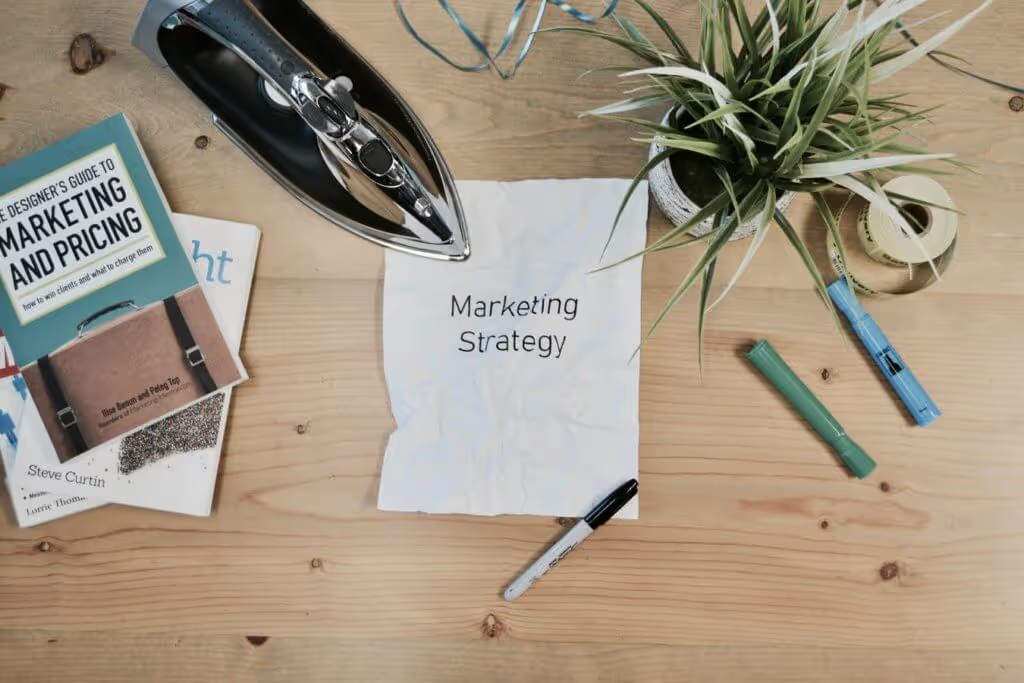
While this list of ideas should hopefully get the ball rolling on a solid brainstorming session for your marketing team, every business is different, as are its loyalty marketing strategies.
By being creative in your approach and finding your own unique spin to put on the ideas listed above, you can create a very original and enticing campaign that your existing customers, lapsed customers and infrequent customers won’t be able to resist.
A common theme you might’ve noticed is that nearly every technique listed here is made easier with a digital loyalty app (especially one which uses receipt scanning technology).




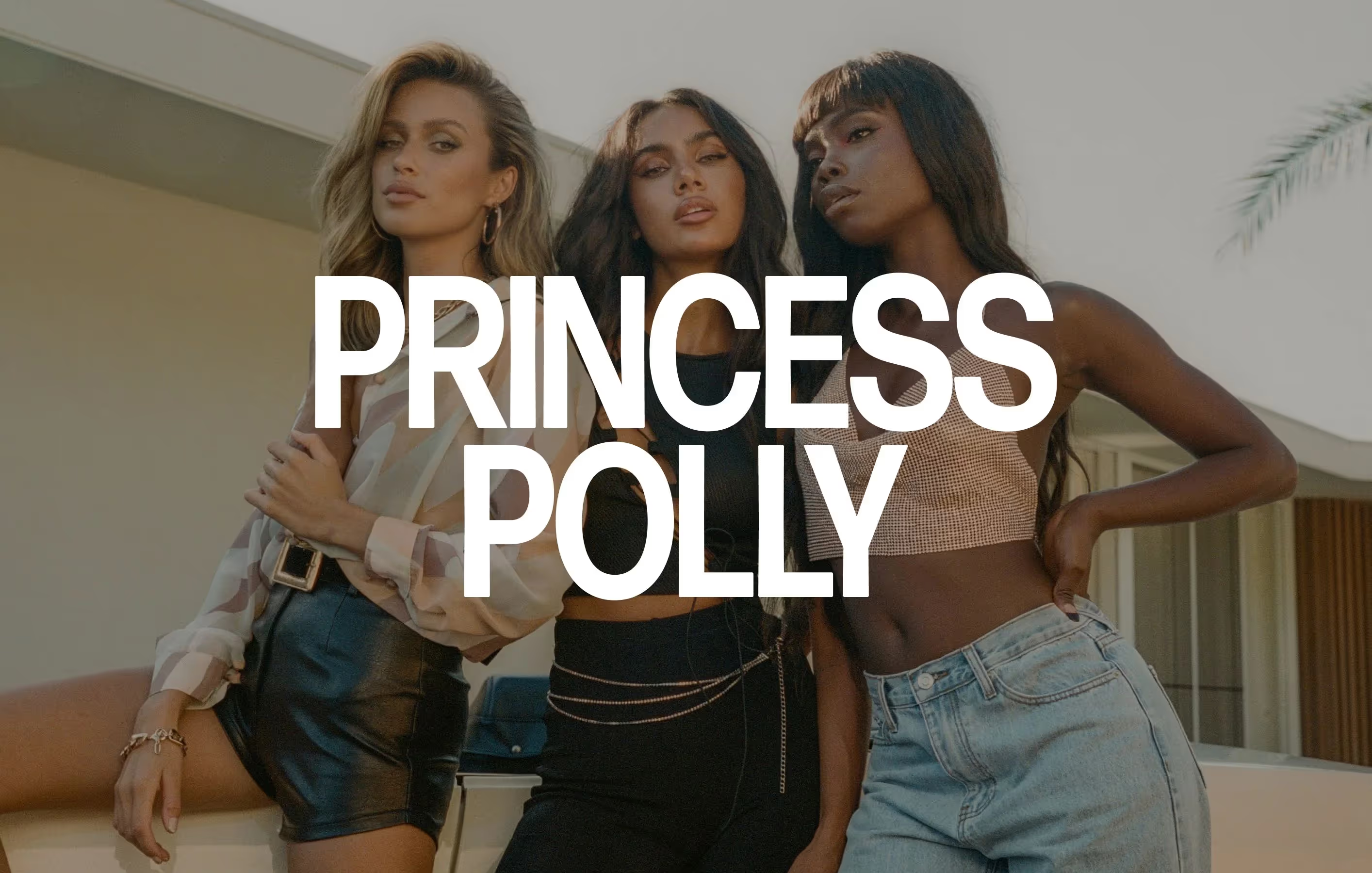

.webp)